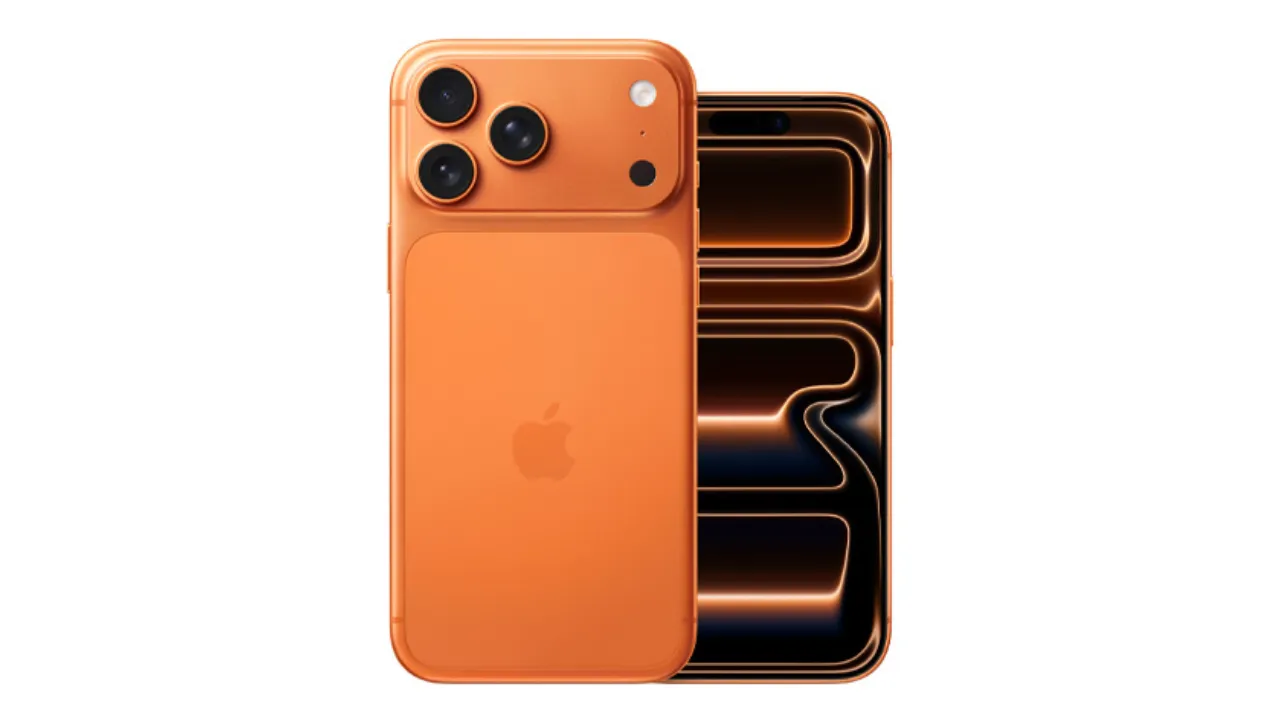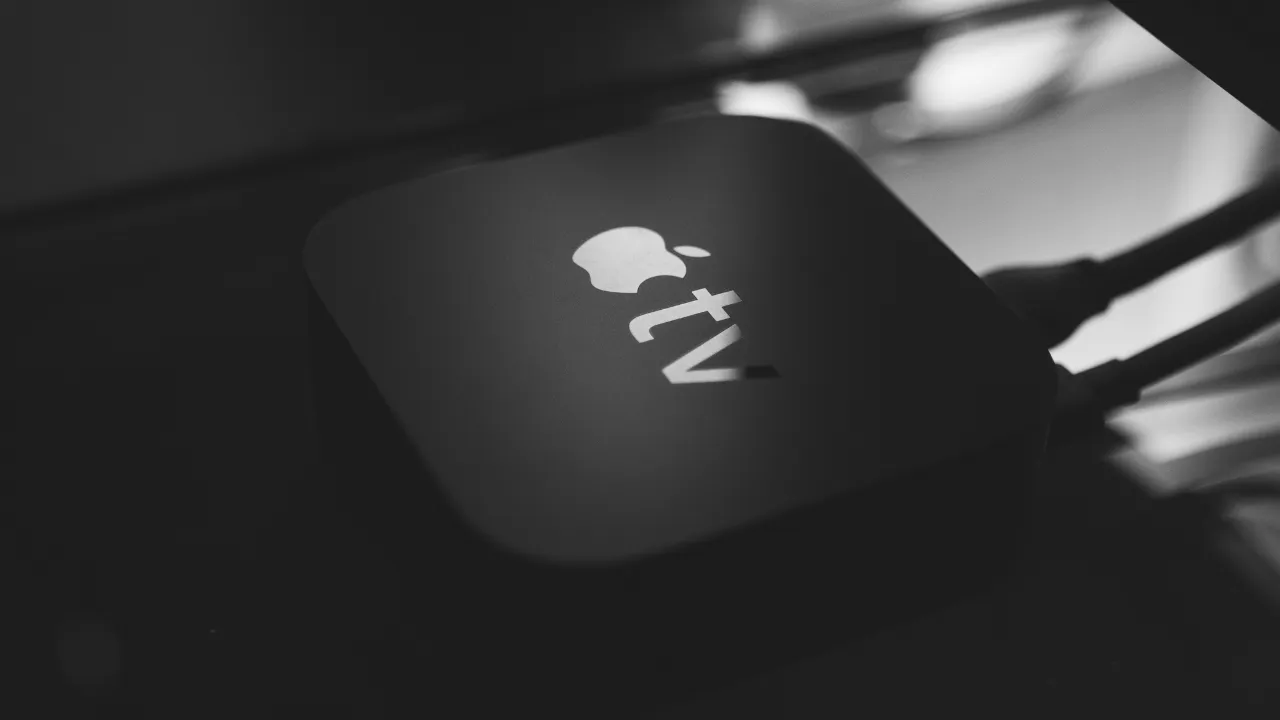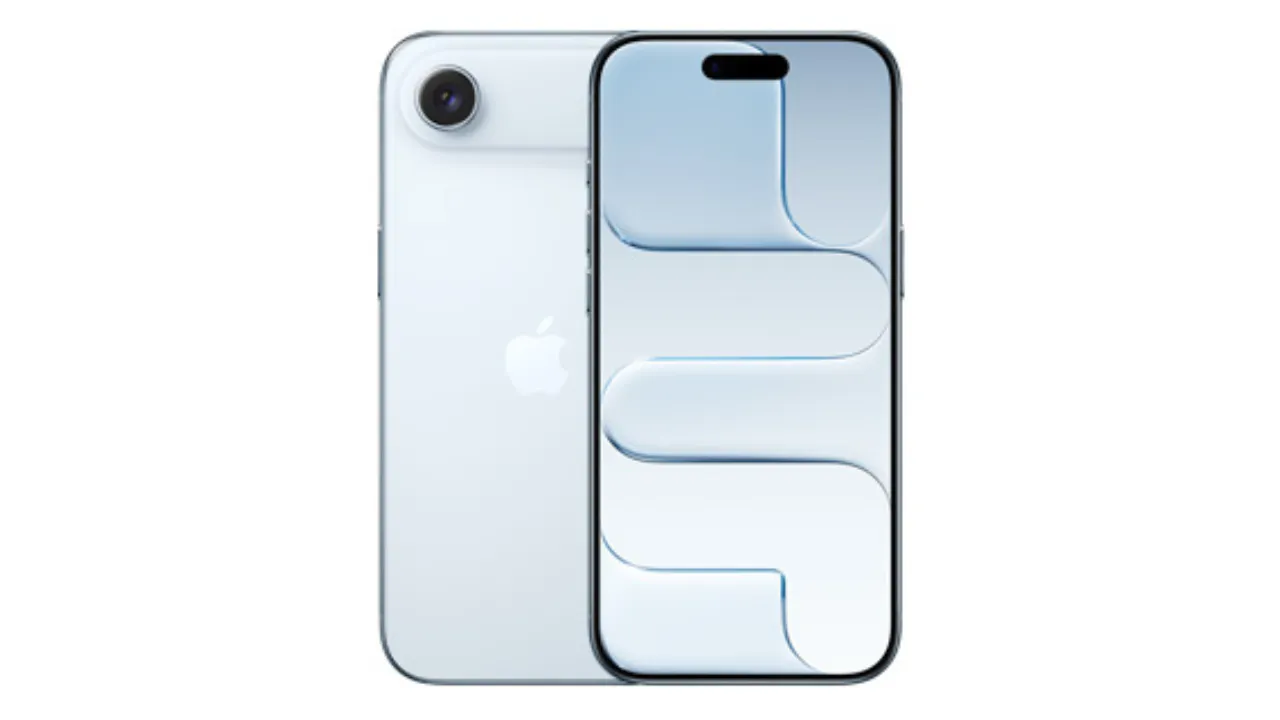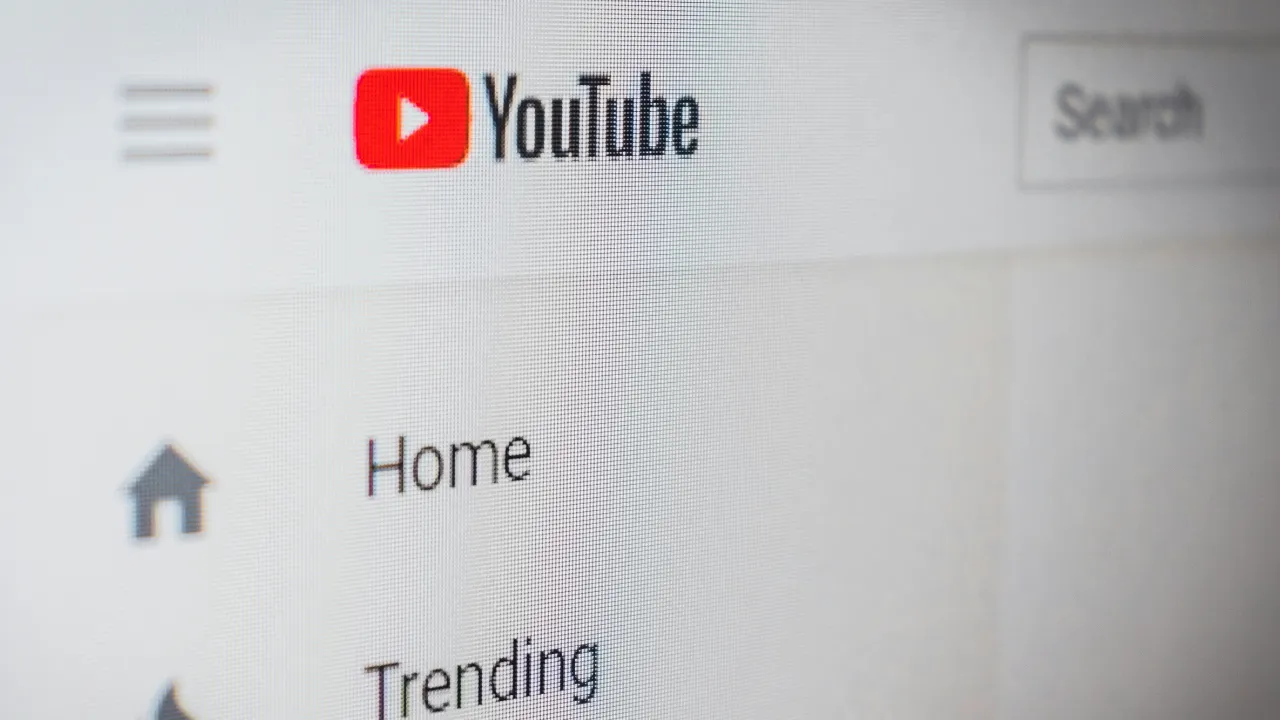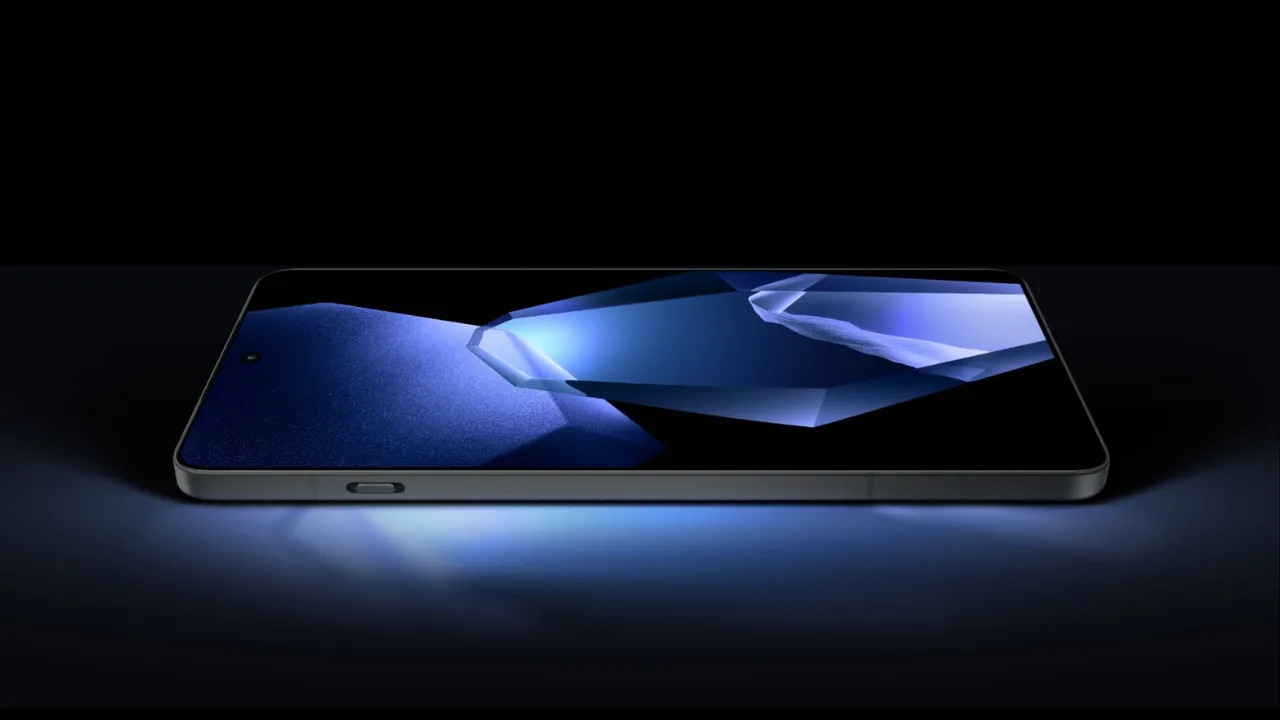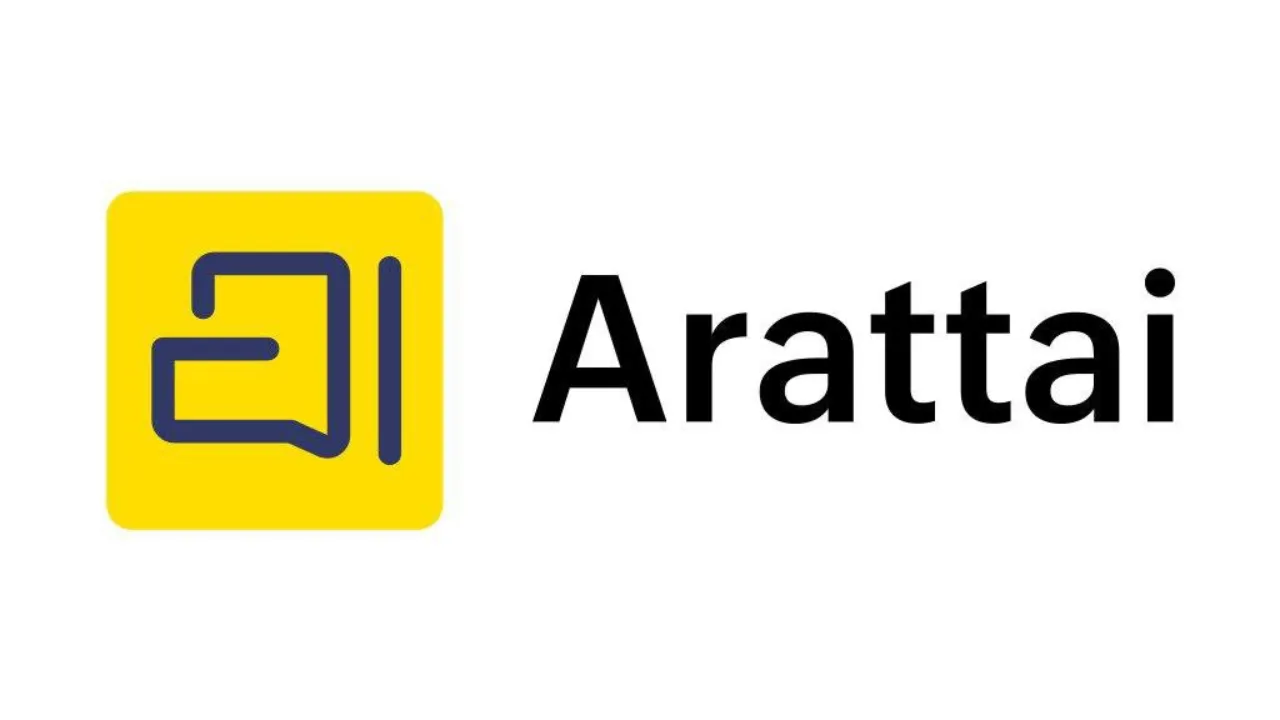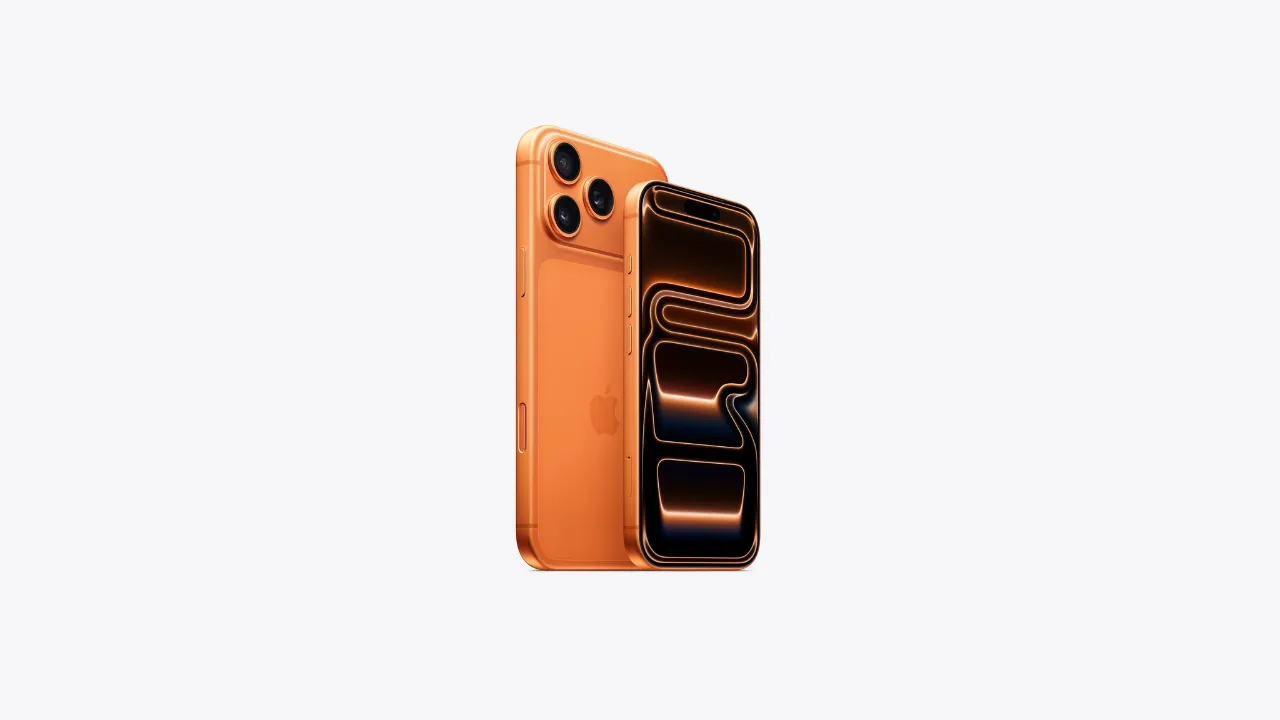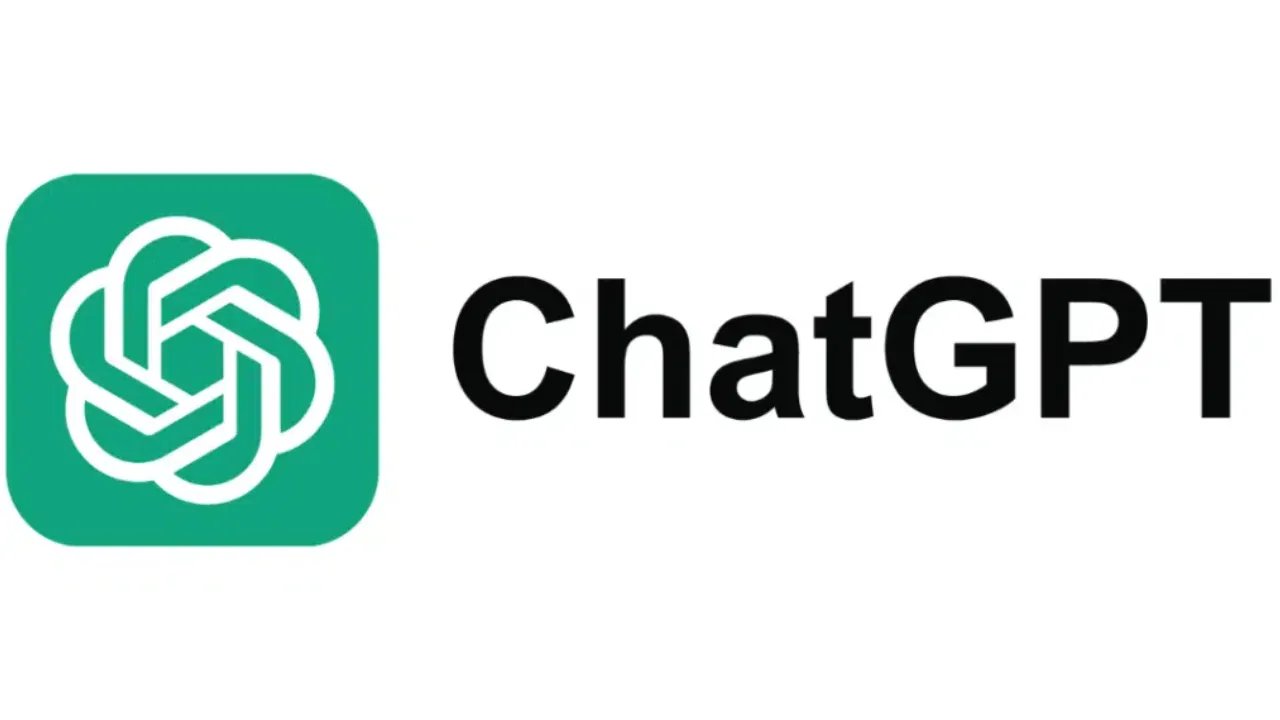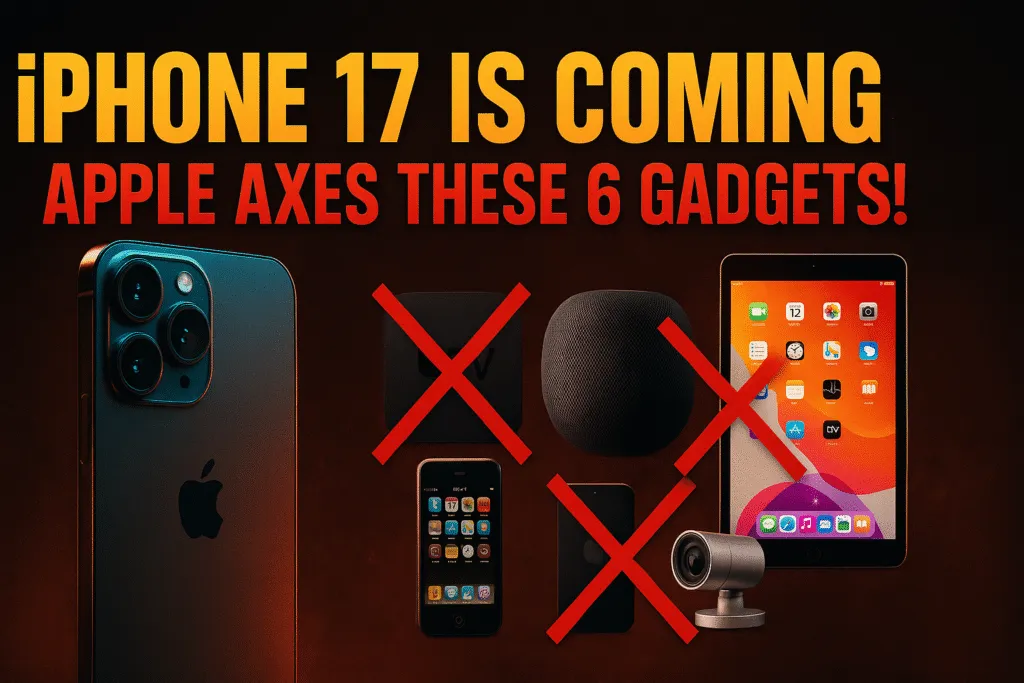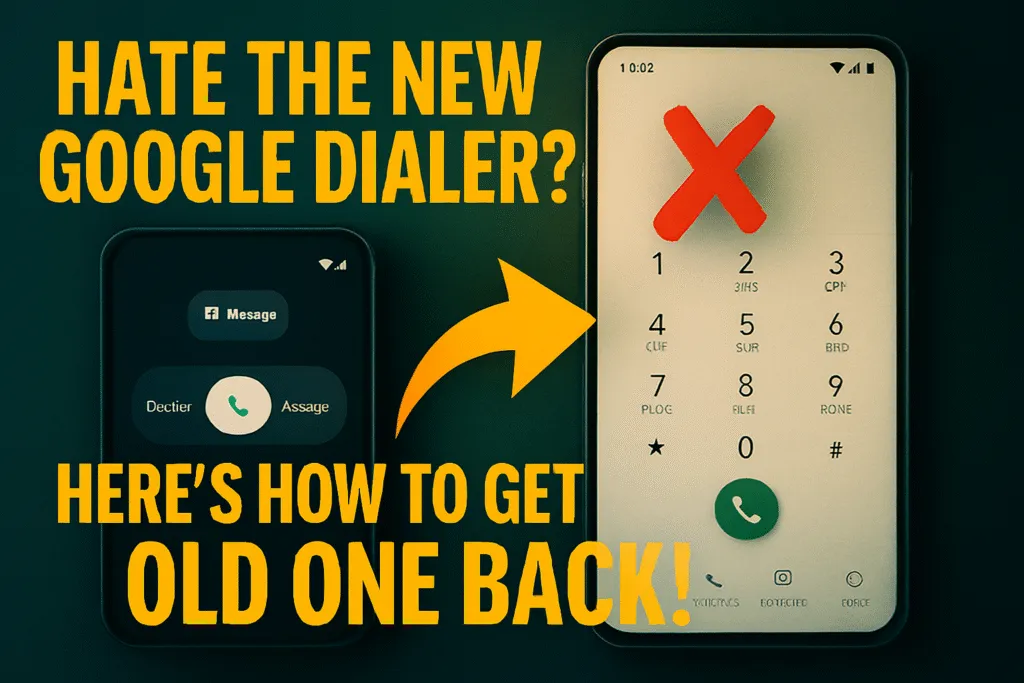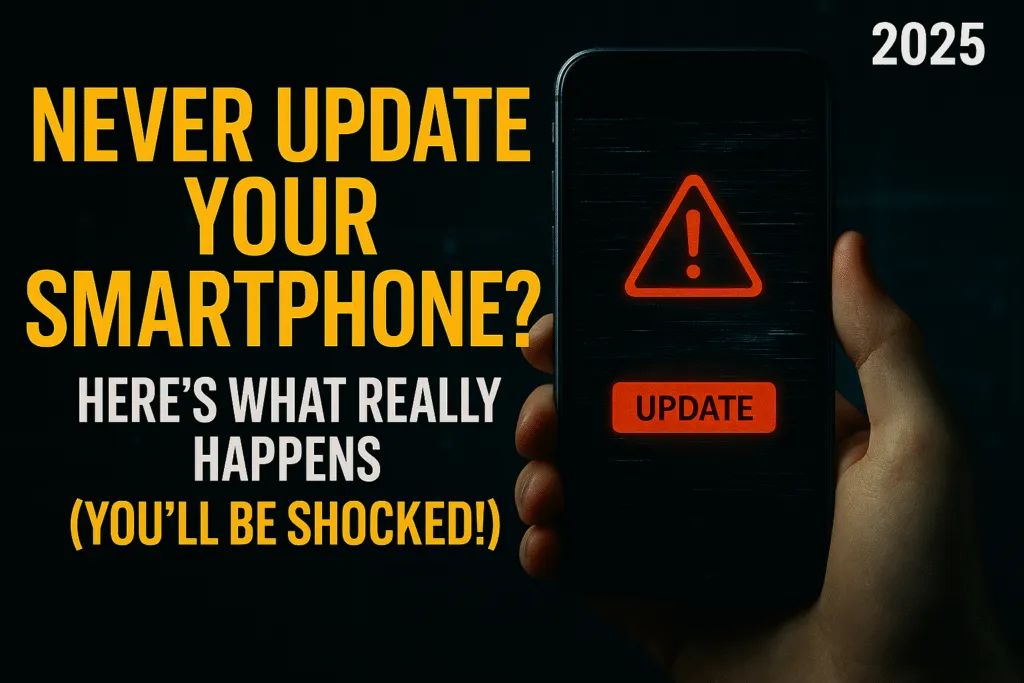Read this in Hindi
Table of Contents
- Introduction
- What is an Email?
- Types of Emails (Formal vs Informal)
- When to Use Formal or Informal
- Importance of Professional Email Writing
- Key Elements of a Professional Email
- Understanding To, CC, and BCC
- Step-by-Step Guide to Write an Email
- Common Situations and Their Email Styles
- Formal Email Example
- Informal Email Example
- Common Mistakes to Avoid
- Tips to Improve Your Email Writing (2025)
- Best Tools for Email Writing
- FAQs
- Conclusion
1. Introduction
आज के समय में ईमेल लिखना सिर्फ एक ज़रूरत नहीं, एक कला बन चुकी है। चाहे आप किसी कंपनी में नौकरी के लिए अप्लाई कर रहे हों, स्कूल में टीचर को मेल भेज रहे हों, या किसी क्लाइंट को proposal दे रहे हों — एक सही ढंग से लिखा गया ईमेल आपका पहला impression बना सकता है।
ईमेल एक ऐसा communication platform है जो formal भी हो सकता है और informal भी, लेकिन दोनों के लिए structure, tone और etiquette समझना ज़रूरी है।
2. What is an Email?
Email यानी Electronic Mail एक डिजिटल तरीका है संदेश भेजने का। यह इंस्टेंट, आसान और दुनिया भर में इस्तेमाल होने वाला माध्यम है — खासकर प्रोफेशनल कम्युनिकेशन के लिए।
यह एक ऐसा communication tool है जिसमें sender, receiver, subject, body, attachments और formatting होता है — जो मिलकर एक complete message बनाते हैं।
3. Types of Emails (Formal vs Informal)
Formal Email
- Official या professional बातचीत के लिए
- उदाहरण: Job Application, Company Proposal, Leave Request, Complaint Letter
- Tone: Polite, Clear, Structured
Informal Email
- Friends, Family या casual colleagues के लिए
- उदाहरण: Invitation, Personal Updates, Chit-chat
- Tone: Friendly, Open, Less Structured
4. When to Use Formal or Informal
| Situation | Email Type |
|---|---|
| Resume भेजना | Formal |
| Teacher से Doubt पूछना | Formal |
| Friend को Invite भेजना | Informal |
| Team member से casual request | Informal |
Tips:
- Unknown व्यक्ति या उच्च authority को लिखते समय हमेशा formal tone अपनाएं।
- Informal email केवल तब लिखें जब आपका रिश्ता non-professional हो।
5. Importance of Professional Email Writing
- ✔ First Impression बनाता है
- ✔ Better response मिलता है
- ✔ Communication clear रहता है
- ✔ Credibility बढ़ती है
- ✔ Job या Opportunity मिलने के chances बढ़ते हैं
6. Key Elements of a Professional Email
- Subject Line: Clear & short – e.g. “Leave Application for 3 Days – Amit Sharma”
- Greeting: Dear Sir/Madam, Hello [Name]
- Opening Line: Purpose of email
- Main Content: Well-structured paragraphs or bullets
- Closing Line: Polite and respectful
- Signature: Full name, contact, designation
7. Understanding To, CC, and BCC
| Field | Use |
| To | Primary recipient |
| CC | Secondary visibility – for FYI only |
| BCC | Hidden recipients – for confidentiality |
Example:
- आप manager को leave request भेज रहे हैं (To)
- HR को जानकारी के लिए शामिल कर रहे हैं (CC)
- Director को info देना है लेकिन others को नहीं दिखाना (BCC)
8. Step-by-Step Guide to Write an Email
Step 1: Use a Professional Email ID
✅ amit.sharma@gmail.com
❌ cutiepie1999@hotmail.com
Step 2: Write a Clear Subject Line
- “Request for Joining Letter – Ritu Mehta”
- “Meeting Reschedule: 5 July 2025”
Step 3: Start with a Greeting
- Dear Mr. Sharma
- Respected Ma’am
- Hello Team
Step 4: Write the Purpose Clearly
- Why are you writing?
- Keep it short and relevant
Step 5: Provide Main Details
- Mention dates, references, documents
- Bullet points help clarity
Step 6: Conclude Courteously
- Looking forward to your response
- Thank you for your time
Step 7: Add Signature
Name
Mobile No.
Designation (if any)
9. Common Situations and Their Email Styles
a. Job Application
Use: Formal
Includes: Resume, clear subject line, short intro, closing line
b. Leave Request
Use: Formal
Includes: Date, reason, alternative contact
c. Follow-up After Interview
Use: Formal
d. Invitation to Friends
Use: Informal
e. Feedback or Suggestion
Depends on relation – Formal to company, Informal to friends
10. Formal Email Example
Subject: Application for Internship – Marketing Department
To: hr@xyzcompany.com
CC: manager@xyzcompany.com
Dear Sir/Madam,
I am writing to express interest in the marketing internship offered at XYZ Company. I am currently pursuing BBA and have worked on digital campaigns. Please find my resume attached.Thank you for your time.
Regards,
Priya Sharma
+91-98765-43210
11. Informal Email Example
Subject: Weekend Plan 😎
Hey Rohan,
Thinking of catching a movie this Sunday at 4 PM. Let’s meet at PVR. Let me know!
Cheers,
Aryan
12. Common Mistakes to Avoid
- No subject line
- Using “Hi dude” in formal mail
- Long paragraphs without breaks
- Not checking spellings
- Using CAPS LOCK
- Forgetting attachments
13. Tips to Improve Your Email Writing (2025)
- Proofread twice
- Use Grammarly, Hemingway for polish
- Avoid filler words
- Use active voice
- Add one-line spacing between sections
- Don’t rush. Take time to structure
14. Best Tools for Email Writing
- ✅ Grammarly – Grammar checker
- ✅ Hemingway App – Improves tone
- ✅ Canva – Signature design
- ✅ Boomerang – Schedule send
- ✅ Mailtrack – Read confirmation
15. FAQs
Q1. Should I write Dear or Respected?
Use “Dear” in most cases. “Respected” is used in academic or traditional settings.
Q2. Can I use emojis?
Only in informal emails. Avoid in formal ones.
Q3. What if I forget to attach a file?
Always mention “Please find attached…” so you double-check before sending.
Q4. Can I write in Hindi or mix language?
For formal, use English. For informal, mixing is fine if the recipient is comfortable.
Q5. Can I use bold or italics?
Yes, for emphasis. But don’t overuse.
16. Conclusion
In today’s fast-paced digital world, knowing how to write an email is no longer optional — it’s essential. Whether you’re applying for a job, following up with a client, or just sending a quick note to your teacher, your email reflects your professionalism.
A well-structured, polite, and clear email can open doors and build stronger relationships. By understanding the differences between formal and informal styles, following proper format, and avoiding common mistakes, you’ll communicate more confidently and effectively.
Remember to:
- Keep your tone appropriate to the recipient
- Use tools to refine your writing
- Re-read your email before sending
- Keep it short, clear, and purposeful
By applying the tips in this guide, you’ll be able to write impactful emails that not only get noticed but also get results. Mastering this skill in 2025 will set you apart both personally and professionally.

